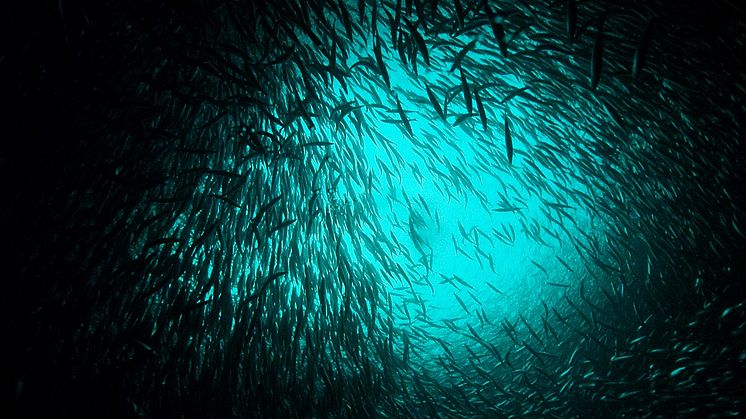New method to create terahertz radiation advances materials science
Uppsala physicists have in an international collaboration developed a new method for creating laser pulses which are shorter, have much higher intensity and cover the THz frequency range better than current sources. The study is published today in the authoritative journal Nature Photonics and is of great importance to materials research.

